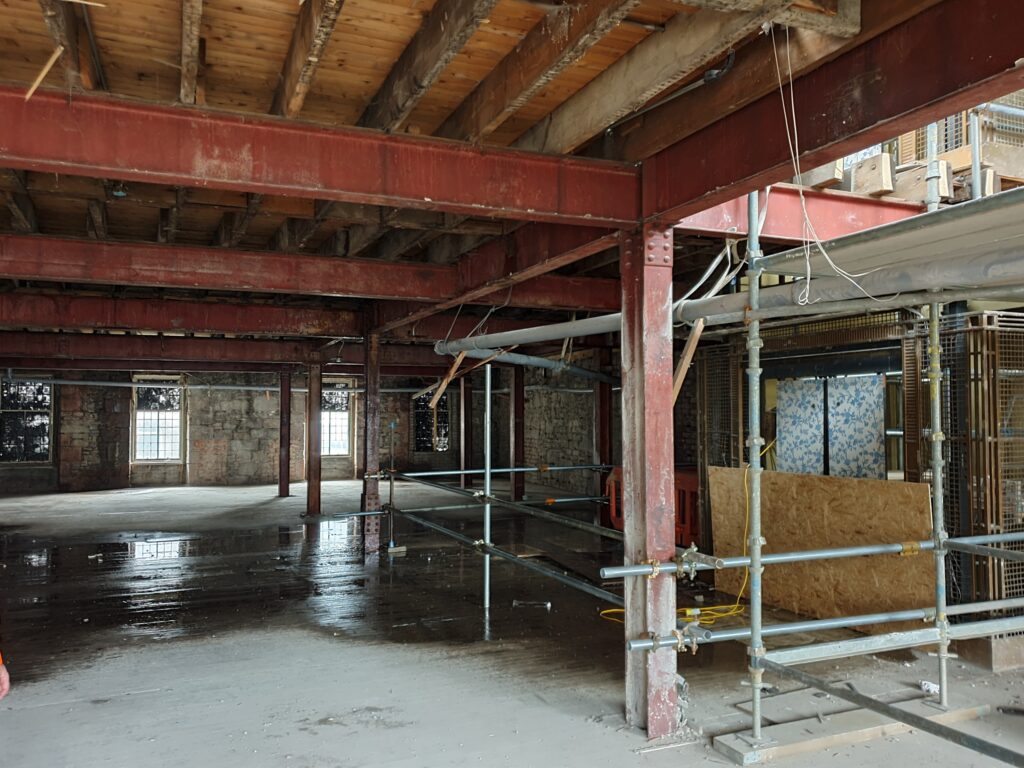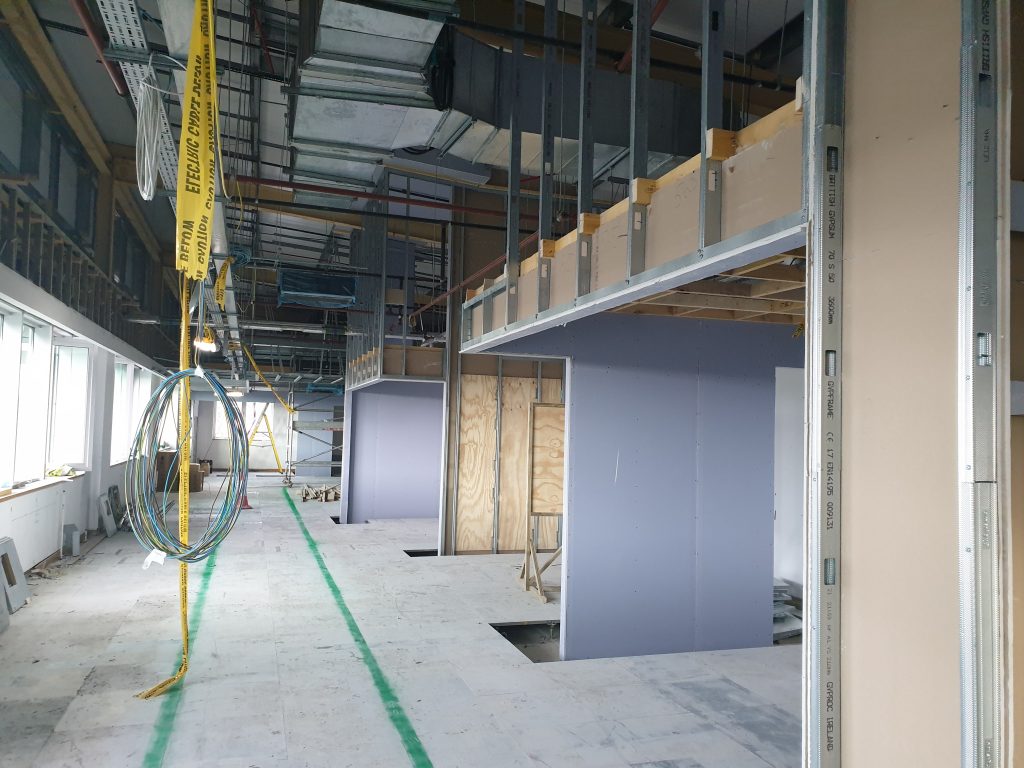
 Back to insights
Back to insights
Deliver better construction projects by avoiding these 5 common mistakes that people make when appointing teams
On any project, aside from the construction works, one of the significant costs is professional team fees. Core to delivering a project on budget is having the right team in place – and that’s more than just the QS and extends across all disciplines and the contractor. Get the consultants right and it can be the best investment you make on the project, producing an exceptional project that meets your exacting requirements, within your budget. But get them wrong and it could end up leave you very dissatisfied with the project, the project being delivered late, over budget or just doesn’t meet your aspirations.
There is often a tendency to try and get started as quickly as possible, scrambling together to appoint a professional team, as after all even after the design work starts, projects take a long time to develop and complete, but it’s important to allocate enough time at the beginning to get the right team on board. Aside from evaluating proposals only on price, I’ve highlighted 5 common mistakes that I see people make when appointing design teams;
1) Proceeding with a skeleton team
In order to validate a business case for a project without investing too much, we often see some consultants brought on board earlier to take a project to concept stage and beyond and other important roles on the project, such as services engineer, C&S engineer and QS, are left until later after the business case has been developed. This causes the design stages that each consultant is working at to be out of sequence and makes it much more challenging for the design team to then work within the confines of the original concept design or building restraints. This usually results in a project brief and budget that are out of sync with the design, and unfortunately difficult decisions have to be made later around what can be achieved for the budget.
‘Informed budgets’ are the best way to begin any project, and involve all key members of a project team working to a restricted scope to develop the initial design proposals, programme and budget that the client can have confidence in.
2) Appointing the team without considering the scope of services
Often as a result of appointing consultants individually, scopes of services can become disjointed and leave gaps in scope for what is required to successfully deliver the project. Its important to consider how the procurement route will influence the services required, and make sure that any exclusions, proportion of contractor design relative to the procurement route are sensible. Consultants scopes should ideally be produced as a suite to ensure that there are no gaps in responsibility, but if that’s not possible, agree a responsibility matrix-up front to ensure that each member of the team knows who is undertaking which task.
3) Attempting to combine roles to save on fees
Often we see clients attempting to save on consultancy fees by combining the roles of consultants. Architect’s are asked to take on the role Contract Administrator, Building Surveyors take on the QS role, and QSs take on a PM role, amongst others. The people in these roles are not usually best suited to delivering the required role, and often this small saving on consultancy fees can add considerable time and cost to a project and potentially also lead to disputes.
4) Not evaluating proposals on a like for like basis
Often the quotes/proposals from various design/professional team members are not provided on a comparable basis. Each consultant will have made their own interpretation of the level of experienced person required to deliver the project, and this is often where there will be inconsistencies between two proposals.
While all consultants will no doubt put forward a team consisting of Directors/partners, senior professionals, graduates/trainees and the like, the way these are priced in the fee can tell you everything to do with how they intend to deliver the project, even though the fee proposals may be comparably the same. Don’t always assume that a higher fee means more hours from experienced people, as sometimes this is only because of higher hourly rates across the board. If there are a low amount of hours against the senior professionals then this should be interrogated further (particularly if the project is to be delivered by those people), as this could impact the delivery of your project. The simplest way to evaluate this is to ask for a breakdown of the hours per person/grade across the project and put each proposal side by side to see how they compare. Ideally you would also issue the same pricing matrix to each consultant within your RFP document to make your comparison simpler.
This also links with the second point I’ve made around scope of service. Often two design consultant’s scopes are not comparable as one may undertake significantly more of the design in-house, whereas the other may transfer a large proportion to the Contractor, which will increase the construction cost of the project (thereby meaning the quotes are not like for like). Its important to review this to make sure these meet your expectations and are appropriate for the particular project.
5) Appointing consultants / contractors who haven’t worked together before
Individually selecting and appointing consultants is great from the point of view that you as the client get to select which consultants will best deliver your brief. However there are lots of benefits of working with a team who have worked together (and not just the companies) one important consideration should be whether the consultants have worked together in the past. Where teams (including the contractor) haven’t worked together before, particularly on projects where the programme is key, this can often be a hinderance.
Conclusion
Hopefully you can see the benefits of ensuring that you appoint a strong team for your project, and that the impact of getting the appointments wrong could substantially increase the cost to deliver your project. With the right project team, and by avoiding the mistakes I’ve outlined above, you can have the confidence that your project is in safe hands to deliver something that everyone on the project can feel proud of.
Thanks for reading! There are lots of ways to save money on projects, and appointing a great project team is just one of them.
Tags: Cost Certainty









